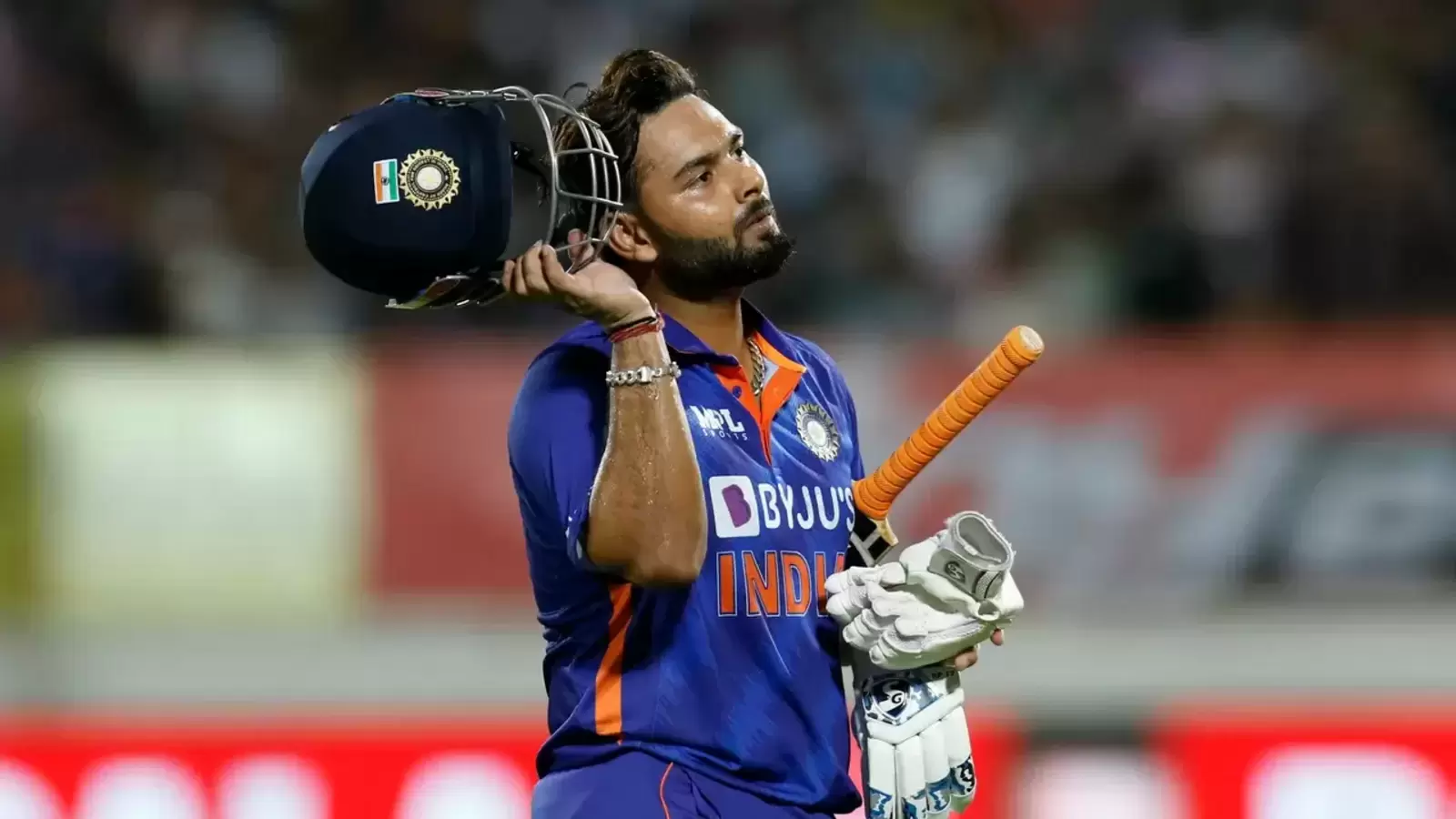Rishabh Pant is, in my opinion, already a legend in Test cricket. He cemented his place in the ODI side with a match-winning century against England at Old Trafford and averages 48 in ODIs at a strike rate of 110 since 2021 with 4 fifties and a century in 11 innings.
However, the 25-year-old left-hander has failed to make a consistent impression in T20Is. This is a bit surprising to many because it was in the T20 format – the IPL – that Pant first became a household name with his blistering power-hitting and thunderous performances.

Here are 3 reasons Rishabh Pant should be dropped from the T20I team:
Disappointing form
The primary reason why a player is dropped from any team in any sport in the world is their form or lack of. Just like how the Indian selectors and team management are criticized for mixing formats when picking players, they should now be ready to drop players who are not performing in one format even though they have been good in the other.
Pant in T20Is just hasn’t clicked well. Overall, Pant has played 56 T20I innings, scoring 987 runs at an under-standard average of 22 and an even disappointing strike rate of 126.
The argument against the argument that Pant made his T20I debut at a young age – of 20 – is that he hasn’t improved by significant margins this year too. In 2022, Pant still averages 21 and has a strike rate of 132 – to keep in mind is that he’s batted as an opener and a finisher and has been given the license to play with freedom, take risks and attack and try to shift the momentum – in that case, such as strike rate is certainly lower than what will be expected of him.
Unsure of his role and strengths, but weakness laid bare now for the opposition
It now seems as if neither Pant nor the team management is sure of his role. In 2022 Pant has batted as an opener, in the middle order, and a finisher, failing to secure any slot. In 5 knocks as an opener in T20Is this year, Pant averages a terrible 14 at a strike rate of 136; batting at number 4, he averaged 25 at a strike rate of 125; at number 5 to 7, he averaged 23 at a strike rate of 148, but from a finisher, it is less than what one would want.
So, Pant’s suited batting position, what could be his strength is not yet known, whereas, his weakness of balls angling and moving outside and away from off-stump is now being exploited by the opponents. From the IPL to international cricket, fast bowlers are now bowling back of a length and short well outside the off-stump, asking him to hit on the offside, which he has failed to do and miscued a number of times.
Other quality available options
Sometimes a team persists with an underperforming player when there are no quality options available on the bench. That is not the case with the incredibly large talent pool of India. To not look too far, Sanju Samson and Ishan Kishan are two keeper-batters who have done well this year – Samson, in particular, has embraced the high-risk high-reward batting approach both with the Indian team and while captaining and batting for Rajasthan Royals. Samson has publicly stated that the way to play T20 cricket is to make impactful runs even if not big runs (read: he doesn’t mind compromising on his average while seeking a higher strike rate).
Now, the time has come that the team management and the selectors to give real thought to how long should they persist with an underperforming player in Pant, despite his high ceiling and huge potential, and give a long rope to the alternatives.

